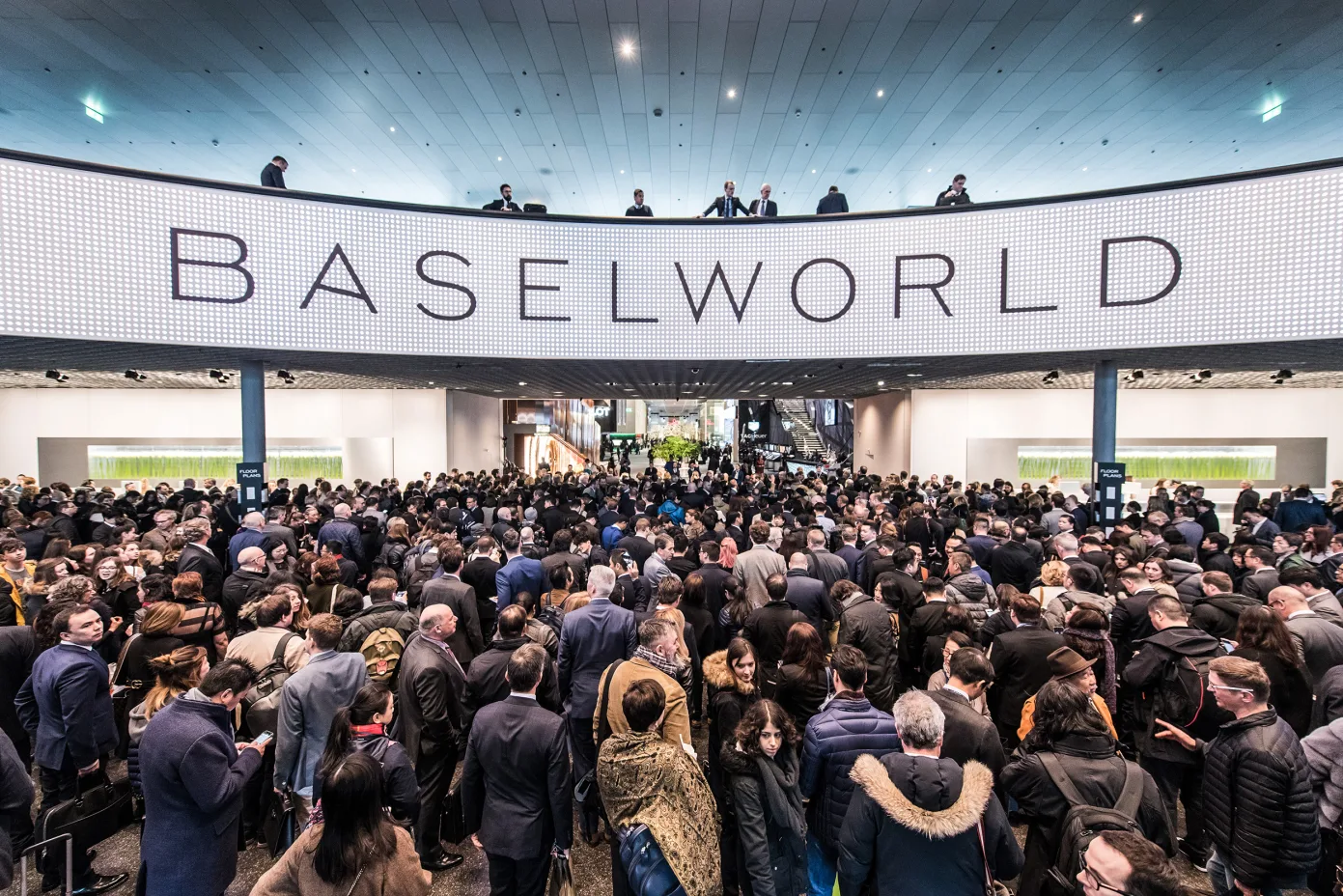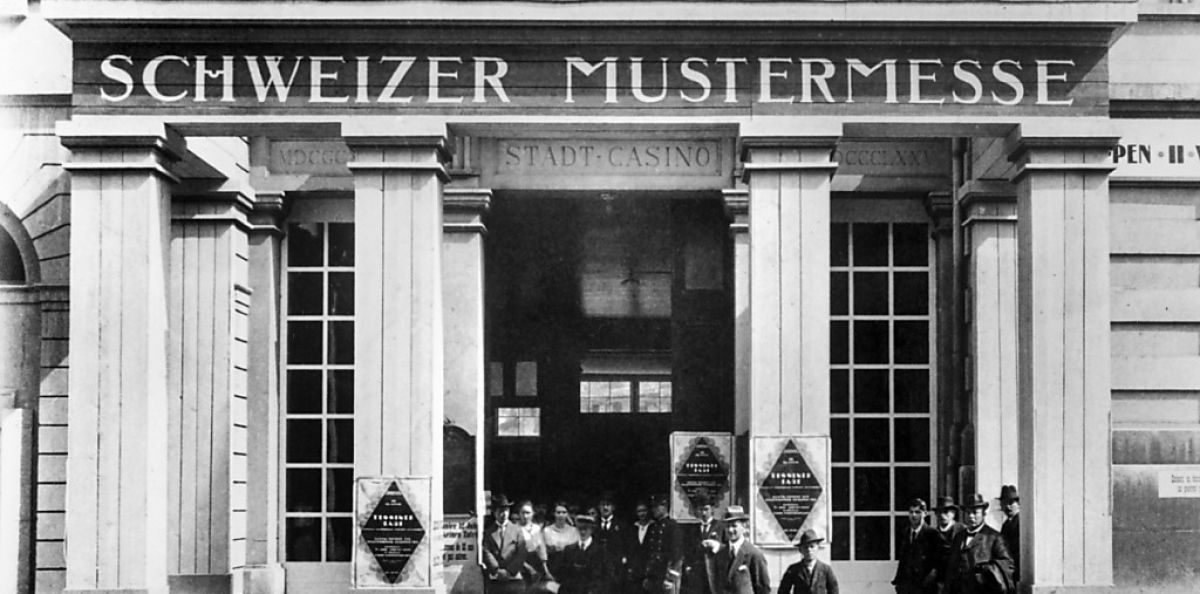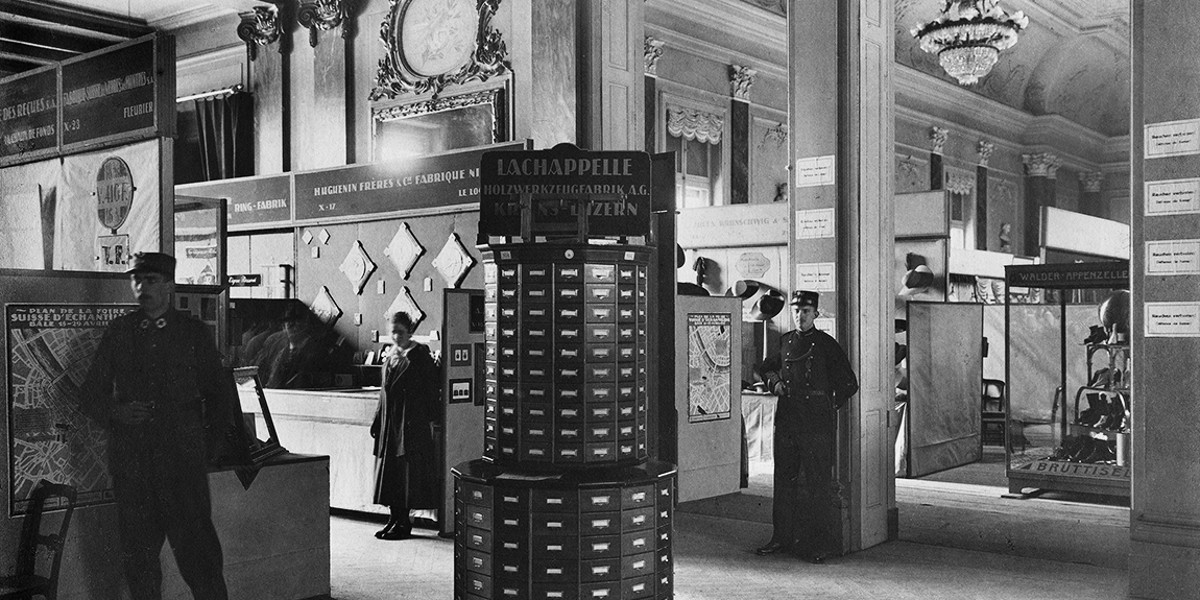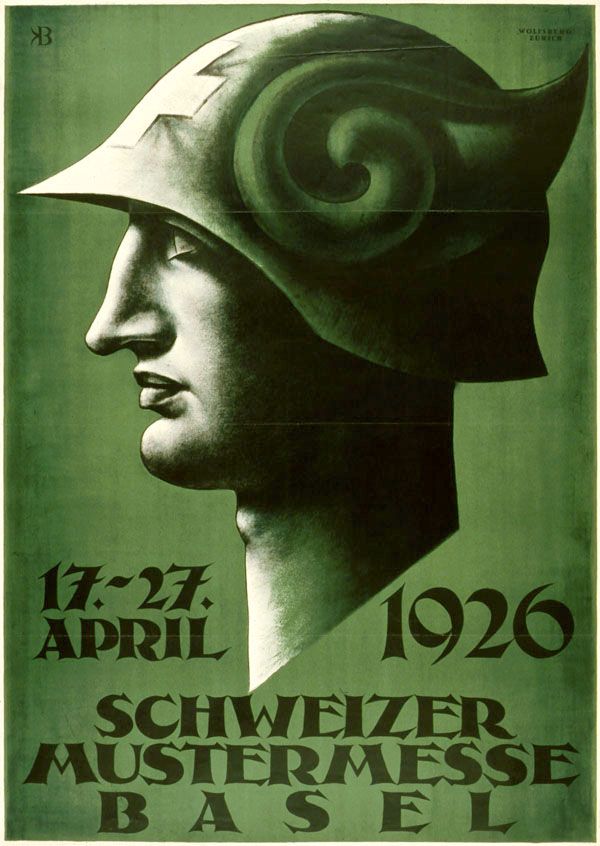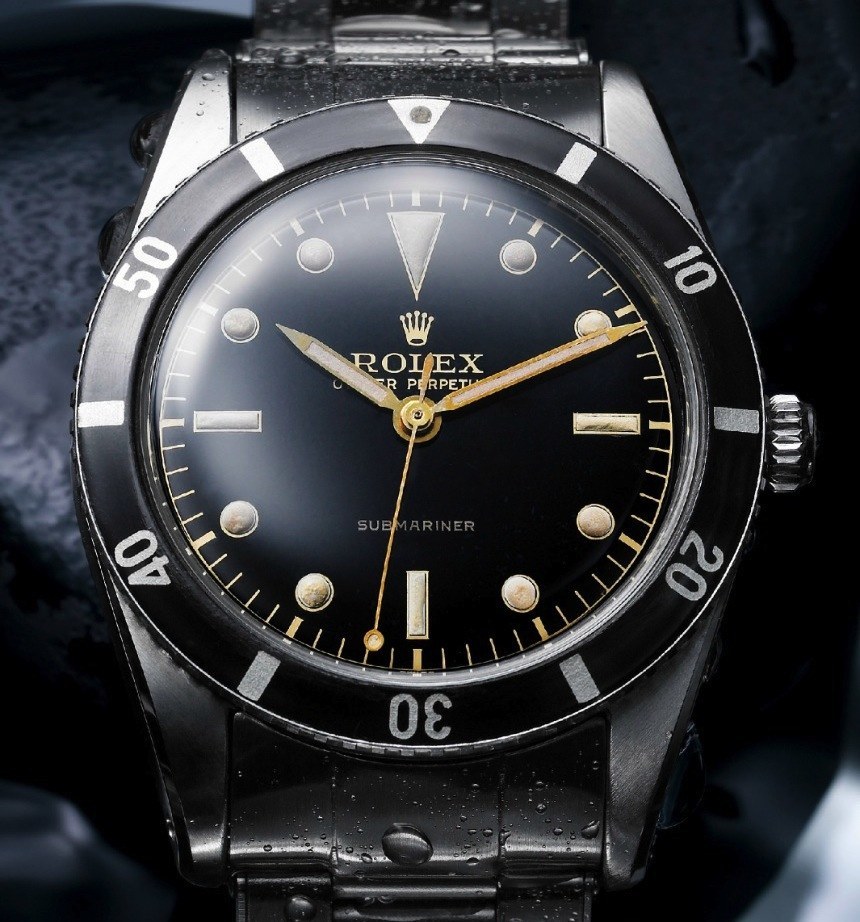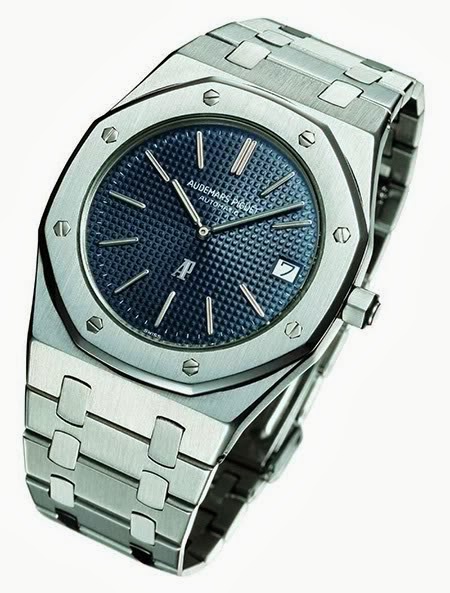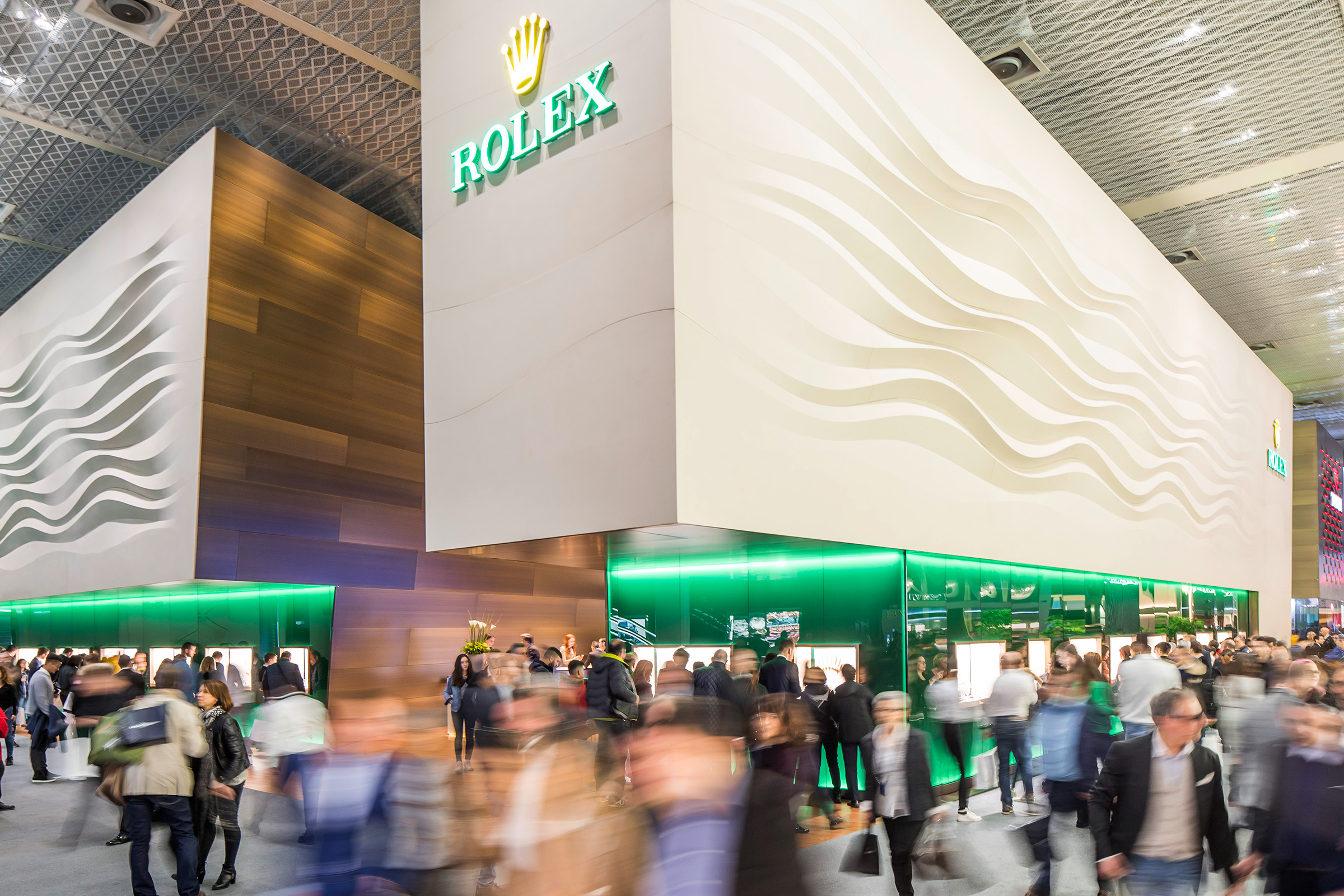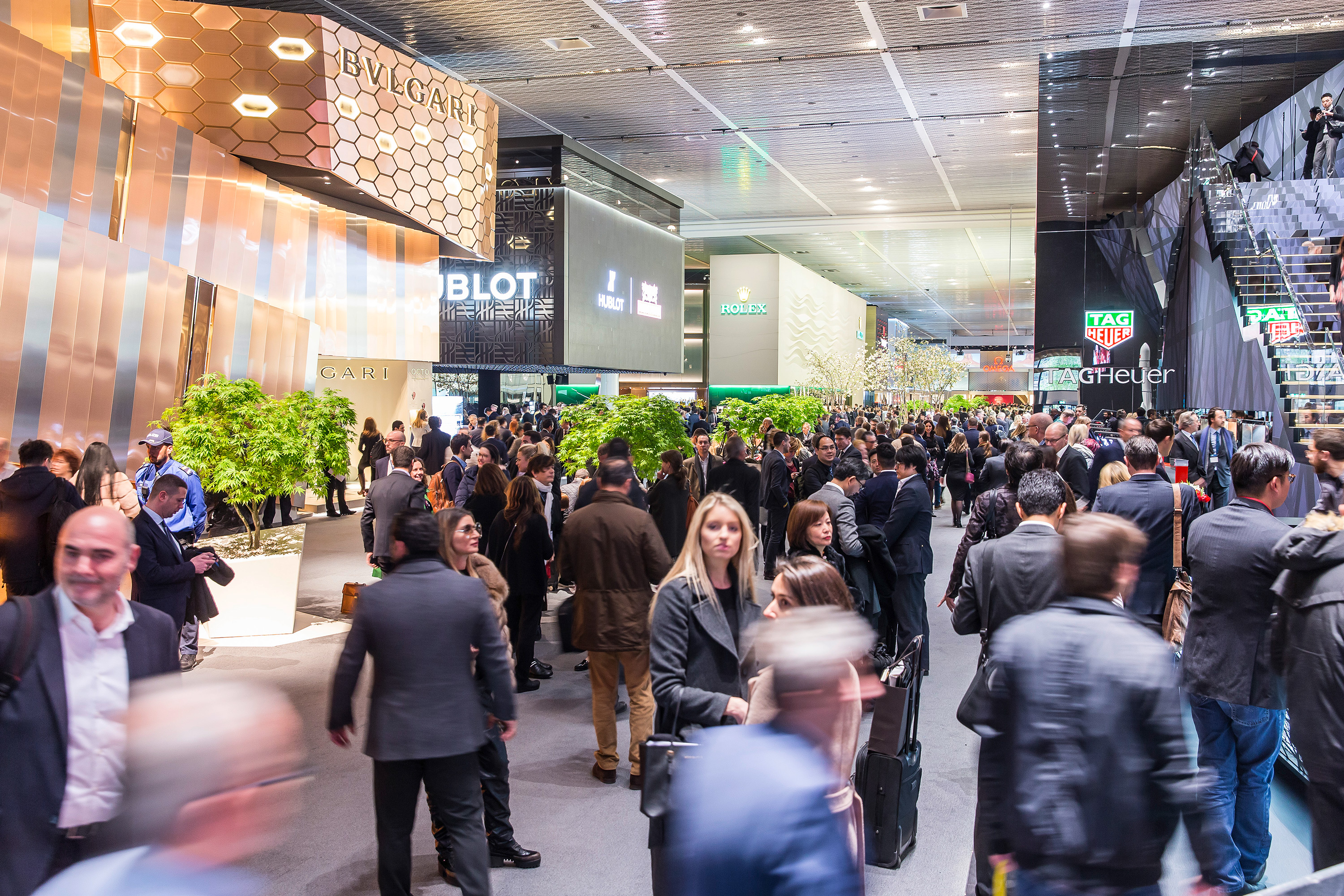By Magnus Salbu
Thursday 22 March was the kickoff for the world’s largest watch and jewelry exhibition Baselworld. In six days, over 2000 manufacturers of watches and jewelry showcased their newest creations for 2018, over 100,000 audiences can talk to representatives of the brands while retailers select the products they want to sell in their store. It is by far the most important trade fair in the year of the industry. But how did Baselworld originate? And why has it become so important?
Baselworld was first organized in 1917 under the name of Schweizer Mustermesse Basel (MUBA) and was once a trade fair for Swiss goods, including jewelry and watches. At the first fair, there were mainly exhibitors from other industries, in addition to a small number of watchmakers, a total of 29 exhibitors were found in the “Clocks and Jewelry” section of the fair. This was a period when Swiss industry was particularly important for the rest of Europe, which was strongly influenced by World War I. The fair took place in the casino in Basel and was a big success, many believe it was a breakthrough for the wristwatch market, which had just begun to catch the attention of men. Manufacturers like Tissot, Longines and Thommen were present at the first fair.
In 1923 the first hall dedicated solely to the fair was built. This was also the year Zenith participated for the first time. The following year, the watch industry’s Fédération Horlogère was established, and the Swiss watch industry seriously took off, from which the development went fast. In 1926 the first hall dedicated only for watches and jewelry was built, and the first automatic movement was shown. This was the first time a really great innovator used the Basel fair as a launch platform.
In 1931, watches got their own fair, and Schweizer Uhrenmesse (“Swiss Clock Fair”) was held in parallel with MUBA in the area, which today is hall 1. The Basel Fair was particularly important during this period when the interest in watch fell between the two world wars. The Swiss government financed many initiatives to keep interest, but no one had as much effect as the Basel fair. In the next few years, the show grew fast, in 1932 Patek Philippe exhibited for the first time, and in 1934 hall 5 was built and Heuer had his first exhibition at the fair.
Rolex, who had launched two innovative solutions outside the Basel fair, the Oyster case and its own automatic winding, appeared for the first time in 1939.
By the 1950s, the Basel Fair was definitely the most important trade fair for Swiss watchmakers, and all major news was launched here. Rolex’s iconic Submariner was launched at the Basel Fair in 1954. This was not the first modern diving watch, Blancpain launched its Fifty Fathoms in 1953, but the Rolex Submariner ended up becoming much more popular. Much of the reason for this was because Blancpain, did not have access to the Basel fair, and Rolex’s launch had a much larger audience and gained more attention. The same year, hall 2 was opened, hall 2 is known for its beautiful architecture.
Throughout the 1960s, the Basel fair saw huge growth, several halls were opened, and a host of iconic models were launched. Perhaps the most memorable year was 1969, when both Zenith and Heuer launched the first choreographers with automatic retraction. Zenith El Primero and Heuer Caliber 11 were both launched at the Basel Fair in 1969 and are still considered to be some of the most iconic works in production today. It’s a hot topic in the clock world about who was the first of Heuer and Zenith, for while Heuer had announced his clockwork one month before the Basel fair and had over 100 working watches in the show, Zenith was first to showcase his prototypes at the fair itself. Thus, Zenith officially took the title as a producer of the first automatic chronograph.
The 60’s were also the beginning of the quartz crisis, which really put the Swiss watch industry on trial. Ironically, it started in Switzerland with the launch of the first electronic movement, developed by a Swiss company in Neuchâtel. The Japanese, represented by Seiko and Casio, quickly laid their eyes on this new technology, and began mass-producing watches at a much lower price than the Swiss could. Seiko launched its first quartz clock in 1969, but it was not an immediate success, partly because Seiko, not a Swiss brand, did not have access to the Basel fair and because it was incredibly expensive.
In 1972, the Basel Fair was opened for brands from France, Germany, Britain and Italy, and in 1973 the fair was renamed the European Union Jewelry Fair (EUSM). This led to a trade fair previously dominated by watches, now a growing number of jewelry manufacturers became exhibitors. 1972 was also the year when Audemars Piguet used the show to launch its revolutionary luxury steel watch, the Royal Oak. Previously, steel had been reserved for cheaper sports models, and Royal Oak was predicted a dark future considering the design was considered quite strange and it was much more expensive than any other steel watches on the market. At first it seemed that the critics were right, it was not until Audemars Piguet gave it a quartz movement and launched it in several metals that the model took off. Today, Royal Oak is the most popular model in Audemars Piguet’s lineup.
In 1983, the fair changed its name to BASEL and the last two digits of the year the fair was held, BASEL 83 was the year when Breguet joined for the first time and the year when Swatch launched its innovative Swatch watch made in plastic on a fully automated production belt. This was very important in saving a weakened Swiss watchmaking industry. Three years later, in 1986, companies from all over the world were allowed to showcase their goods at the show. Now the Basel fair was really the world’s largest and most important trade fair for watches and jewelry.
By the turn of the millennium a lot was happening, because of the increasing popularity, it was considered to move the whole fair to a new place, on the outskirts of Basel. This proposal faced a lot of criticism and it ended with the show continuing at the same place, but with huge renovations. The exhibition area was made 36,000 square meters larger in 1999. In 1999, several major brands (which later became the Richemont) left the Basel Fair and started their own exhibition in Geneva. In 2001, A. Lange & Söhne, IWC and Jaeger-LeCoultre also disappeared because their group merged with Richemont.
In 2003 the fair was again renamed to what we know it as today, Baselworld. This year the exhibition area was around 160,000 square meters and 89,000 people visited. In 2007, the number of visitors was for the first time more than 100,000 people.
The Basel Fair has for 100 years played a key role in preserving the Swiss watch industry and distinguishes itself from other fairs by being open to the public. This makes Baselworld the most important platform for everything from huge companies to small indie producers. For more info, visit Baselworld online.

